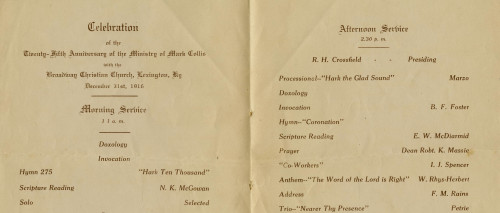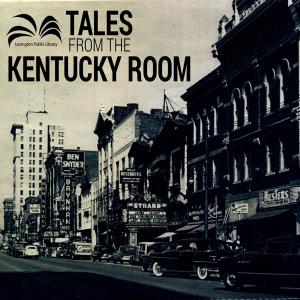
Website Search
Stories of Lexington's history told through the Kentucky Room archives.

Content from over 80 Kentucky newspapers and news sources, including the Lexington Herald-Leader.
Join us for Kentucky Legends: a series of programs exploring Kentucky culture, history, and lore. Programs include author visits, Chautauqua performances, live music, activities and crafts, and more.

Kentucky Progress Magazine (1928-1936)

All Digital Archives Collections

Black Community News

All Digital Archives Collections

The Kentucky Reporter (1817-1830)

All Digital Archives Collections

Imperial Court of Kentucky

All Digital Archives Collections
Lexington Public Library is proud to host the 2026 Kentucky History and Genealogy Conference. This conference brings together historians, genealogists, researchers, and enthusiasts to explore the rich history and genealogical heritage of Kentucky.
All databases are available from this page.
Read the latest news from Lexington Public Library.
Discover unique resources in our Digital Archives that tell the story of Fayette County. Visit cemeteries throughout Central Kentucky using our cemetery maps. Contact our resident experts in the Central Library's Kentucky Room with questions. The Lexington Public Library is a FamilySearch Affiliate Library.































